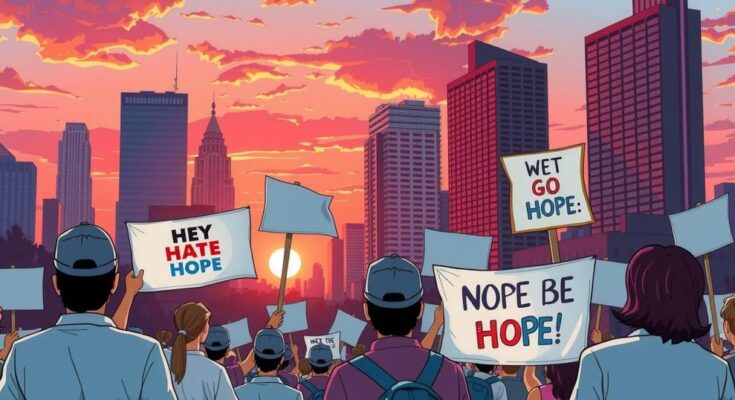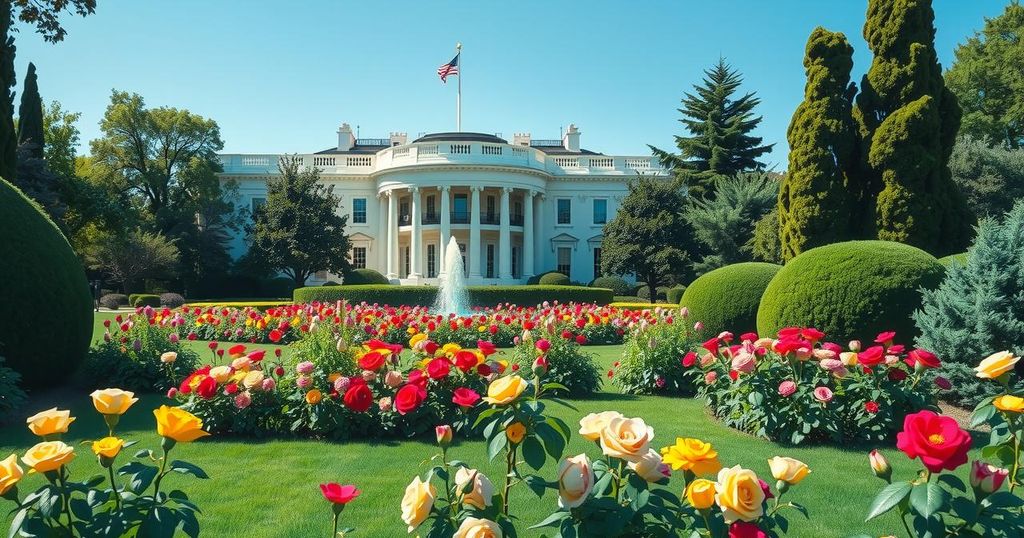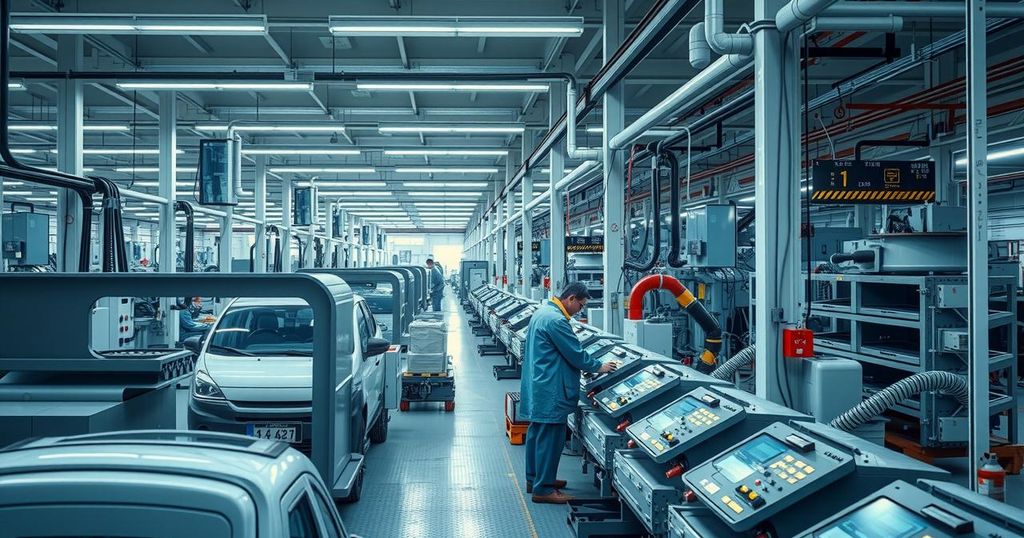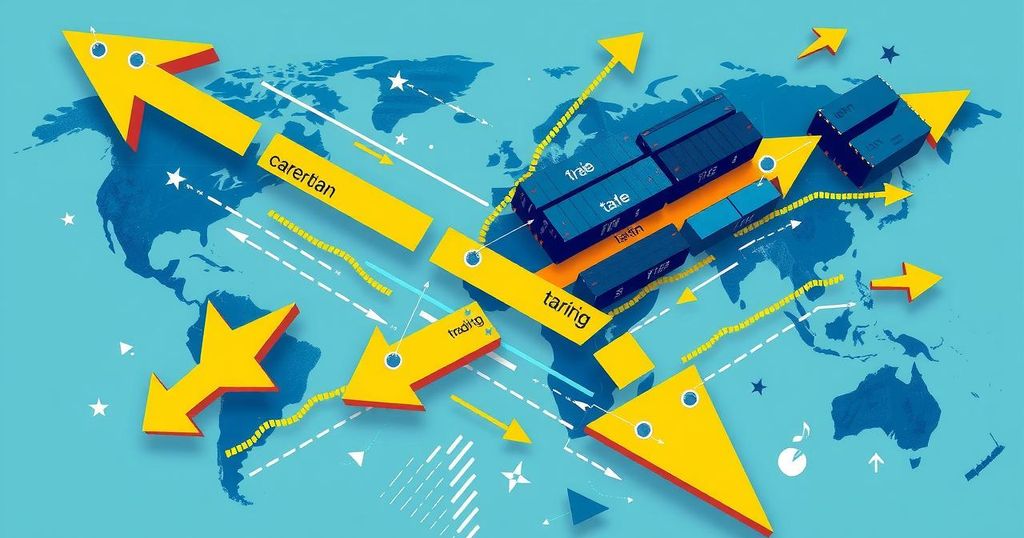On March 9, 2025, widespread protests erupted across Iran involving various sectors including truck drivers, retirees, and nurses, who voiced their grievances against government corruption and economic woes. Protests escalated despite heavy repression, highlighting deep dissatisfaction with the clerical regime’s handling of the economy and call for fundamental change.
On March 9, 2025, protests intensified throughout Iran as diverse segments of society united against government corruption, economic mismanagement, and oppressive policies. Participants included truck drivers, retirees, nurses, and oil workers who expressed their grievances regarding the government’s failure to meet their demands.
In Tehran, truck drivers near the Turkish border protested against corruption in the transportation and mining sectors, demanding their seized vehicles be returned. Meanwhile, employees of Tehran University rallied, chanting for the resignation of the education minister. In Ahvaz, retirees from the Social Security Organization gathered to decry low pensions and corruption, echoing similar sentiments in various cities.
In Yazd, nurses protested low wages and inadequate working environments outside Yazd Medical Sciences University. In southern Iran, contract oil workers at Bibi Hakimeh Oil Field demonstrated over unpaid bonuses and poor conditions. Additionally, medical staff in Rasht voiced their frustrations, emphasizing their empty tables amid economic crisis.
Protests occurred across multiple regions including Mashhad, where mixer truck drivers went on strike against unfavorable fuel policies. In Qaemshahr, steel industry retirees demanded higher pensions amid rising living costs, while Isfahan retirees rallied for better living conditions, both igniting calls for unity against government misrule.
Despite severe weather, retired Social Security Organization members protested in Kermanshah, asserting their rights amid worsening economic conditions. Their slogans condemned the exploitation of pension funds and demanded the release of political prisoners. In Shahroud, coal mine retirees joined the nationwide demonstrations, voicing complaints about low pensions and poor work environments.
Mass protests by oil workers in Gachsaran criticized unmet promises and unpaid wages as the New Year approached. Concurrently, people in Zahedan demanded the release of detained youths while facing aggressive responses from security forces.
Reports reveal that repression is escalating, as exemplified by the tragic death of activist Aboul Kourkour in Izeh during a confrontation with security. This indicates a pattern of deadly responses to dissent among other activists in the area.
Iran’s economic decline continues to exacerbate public discontent as experts reveal that government revenues blend with U.S. economies while Iranian workers suffer under the devaluation of their currency. Mohsen Bagheri, an economist, stated that the disparity is striking compared to workers in neighboring Turkey, highlighting the severe economic crisis looming over Iran.
Warnings from government sources reflect a dire economic forecast while day-to-day challenges are prevalent, such as the dramatic increase in street-level labor and the surge of low-income work to survive. Reports indicate poverty is pervasive, affecting businesses, employment quality, and overall living conditions for ordinary citizens.
Despite harsh government crackdowns, the persistence of these protests showcases a profound dissatisfaction permeating all strata of Iranian society. The moves towards institutional change highlight the weakening control of the clerical regime amid ongoing cries for reform and justice.
In summary, the nationwide protests in Iran underscore widespread discontent with government corruption, economic hardship, and growing repression. Despite increasing state violence, diverse groups continue to challenge the regime, calling for systemic changes and fundamental reforms. The economic struggles are paramount, revealing a society on the brink, desperately seeking justice and improved living conditions. The situation indicates a pivotal moment in Iran, reflecting the populace’s resilience and desire for change.
Original Source: www.ncr-iran.org




